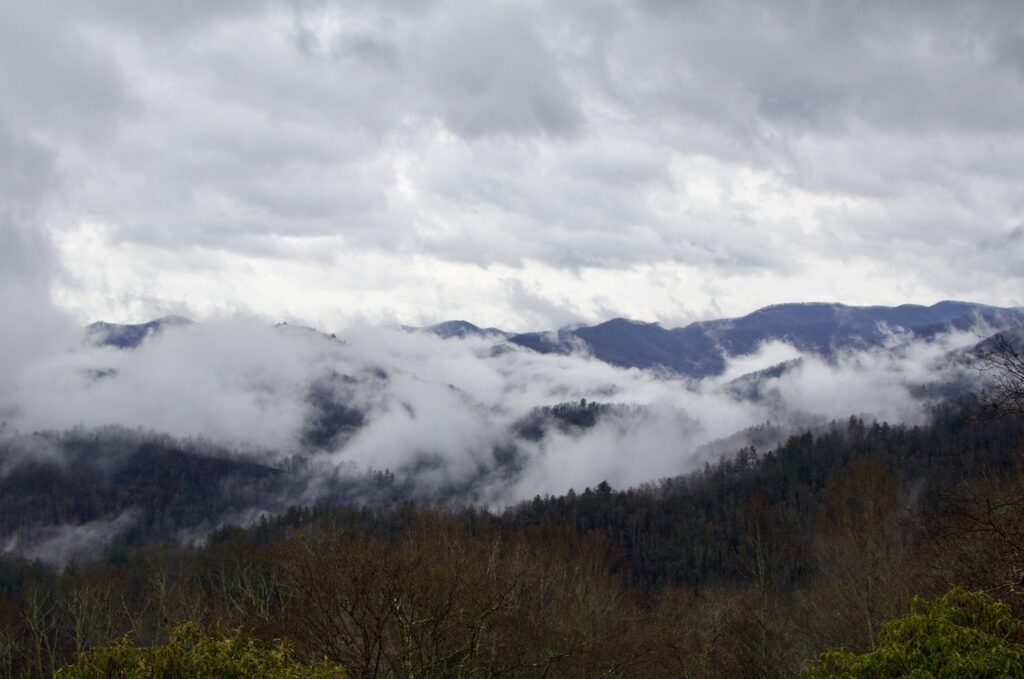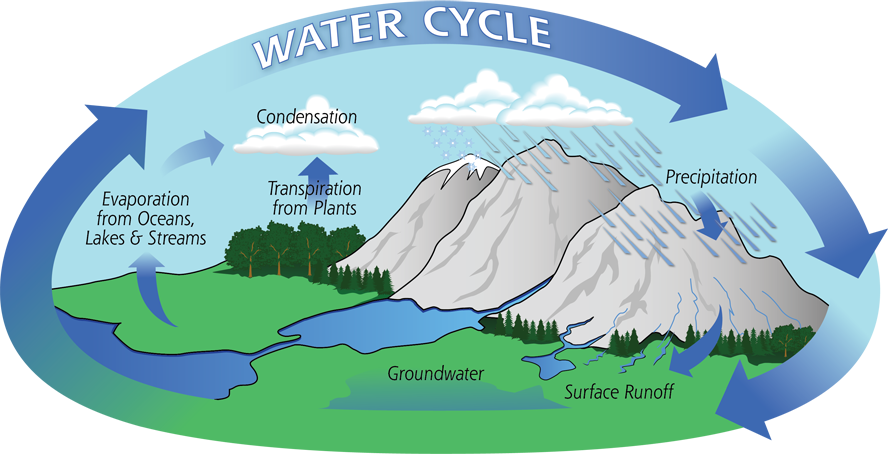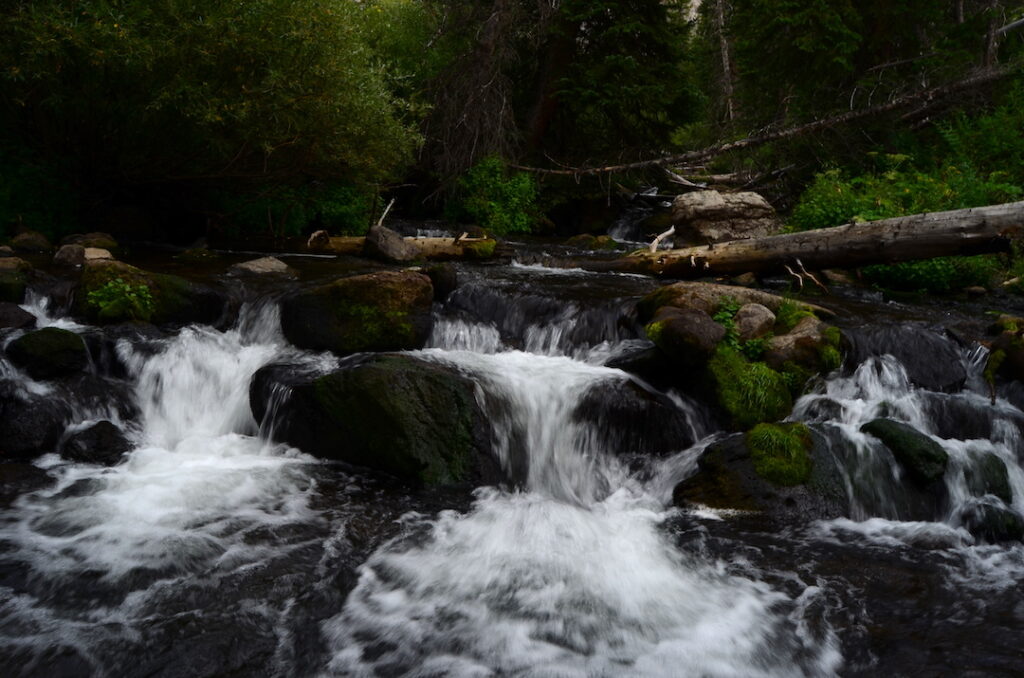Written by Cassidy Quistorff

The water cycle is one of the oldest scientific observations. In fact, it can be traced back as far as 2400 years ago in a Hindu devotional depicting the Sun heating up and evaporating water and sending it back to Earth. While this is one step of the process, the actual water cycle is a bit more complicated. Water transforms itself among three different phases –gas, liquid, and solid—and travels in a continuous process that disperses it throughout the planet. Water as a gas is called water vapor and is the result of the sun’s energy evaporating liquid water. Water as solid is ice or snow. These changes and processes are what make life on Earth possible, but they are beginning to meander from the usual pattern.
At its core, the water cycle shows how precipitation is formed from surface water rising into the atmosphere, cooling, and condensing. The water that falls collects into rivers, streams, lakes, soil, porous rocks, and then flows back into the ocean to repeat the cycle. Much of what collects in the ground, known as groundwater, accumulates in aquifers, which serve as underground water reservoirs. Aquifer levels are highly dependent on the geographic features, history, and development of an area. Further, the water quality of an aquifer can also be impacted based on its location and local pollution. These underground water sources, along with surface freshwater, make up what we use as drinking water.

What’s astounding is just how little of our planet’s water can be used for consumable purposes. While the surface of the Earth is approximately 70% covered by water, only 2.5% of it is freshwater. From that 2.5%, about 69% is locked away as a solid, frozen in glaciers and icecaps. This leaves 30% as groundwater, and only 1% available on the surface in rivers, streams, and lakes.
However, the water cycle as we know it is changing. With increasing temperatures across the globe, we’re seeing a “speed-up” in the hydrologic cycle. As the atmosphere warms, evaporation rates increase. More water circulating in the atmosphere causes more intense rainfall events, which can lead to flooding. In addition, warmer temperatures mean more of this precipitation is falling as rain instead of snow, bringing an earlier spring. Another issue is changes in when precipitation occurs, often causing droughts in the summer growing season when plants, including our food sources, need it most.
But how does this change of our planet’s water affect us? What about Virginia’s freshwater? How do we conserve what we have? Part II on our state’s water, and the state of our water, will be out next week.

